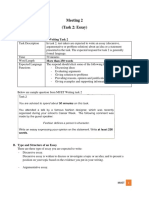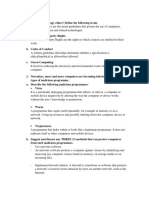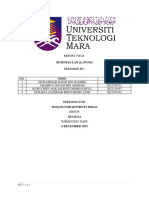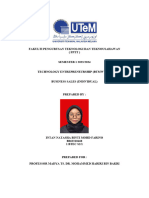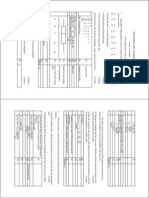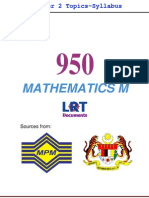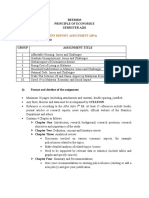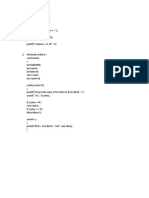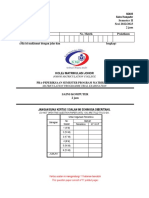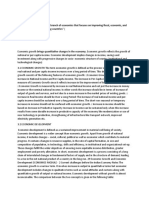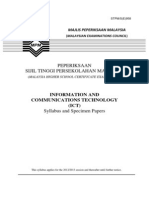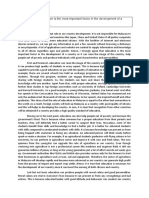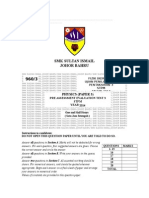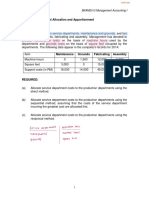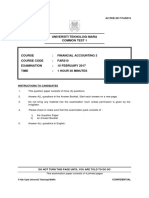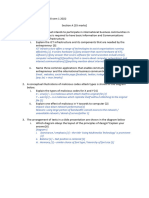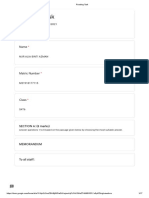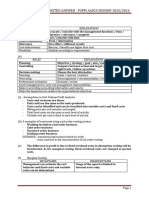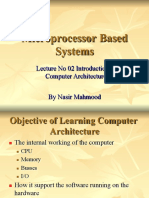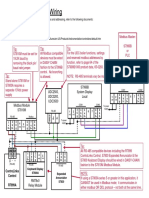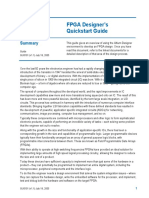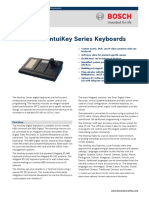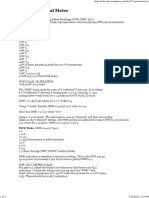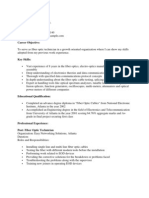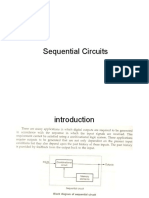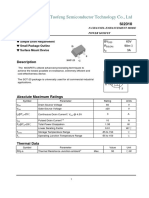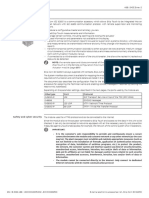0% found this document useful (0 votes)
424 views35 pagesBIC10503 Computer Architecture: Chap 1: Introduction
This document discusses computer architecture. It explains that computer architecture involves understanding the relationship between hardware and software, and how computer systems are designed and implemented at different levels of abstraction. The key levels discussed are system design, instruction set architecture (ISA), and microarchitecture. Maintaining the same architecture allows software to remain compatible across different computer models and generations, even as the underlying organization and implementation changes over time.
Uploaded by
Afiq DanialCopyright
© © All Rights Reserved
We take content rights seriously. If you suspect this is your content, claim it here.
Available Formats
Download as PDF, TXT or read online on Scribd
0% found this document useful (0 votes)
424 views35 pagesBIC10503 Computer Architecture: Chap 1: Introduction
This document discusses computer architecture. It explains that computer architecture involves understanding the relationship between hardware and software, and how computer systems are designed and implemented at different levels of abstraction. The key levels discussed are system design, instruction set architecture (ISA), and microarchitecture. Maintaining the same architecture allows software to remain compatible across different computer models and generations, even as the underlying organization and implementation changes over time.
Uploaded by
Afiq DanialCopyright
© © All Rights Reserved
We take content rights seriously. If you suspect this is your content, claim it here.
Available Formats
Download as PDF, TXT or read online on Scribd
/ 35


